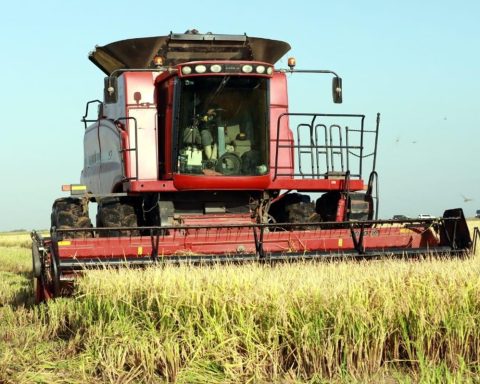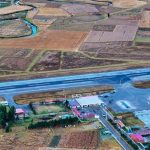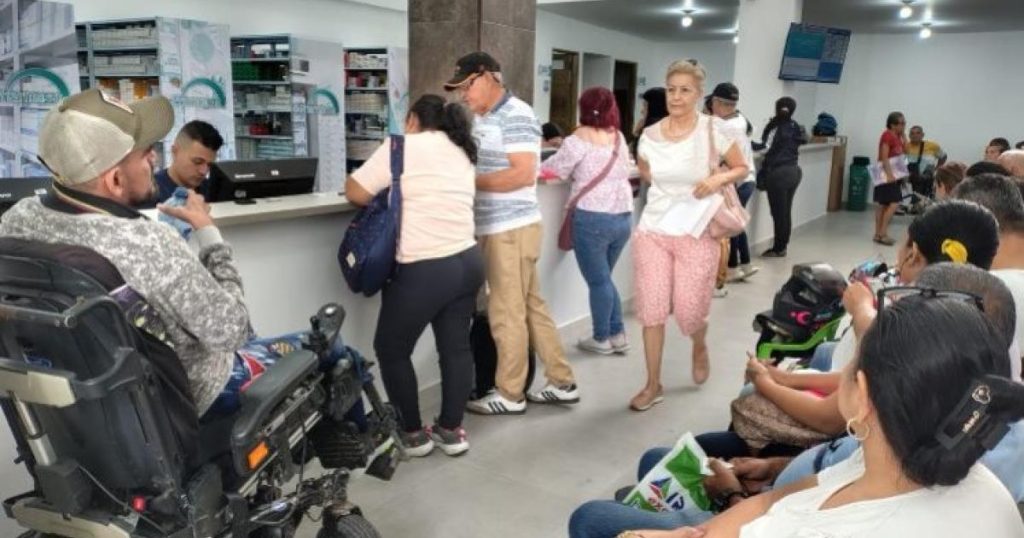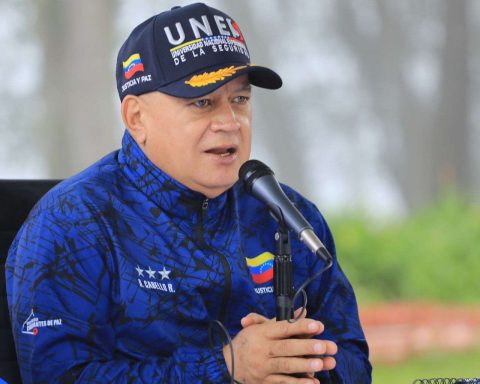MIAMI.- The National Center for Seismological Research (Cenais) reported on a earthquake of magnitude 4.0 on the Richter scale that was recorded this Thursday in the province of Granma, in eastern Cuba. This is the second tremor in three days, after a series of earthquakes that have affected the region.
The event occurred at 8:17 in the morning (13:17 GMT) with an epicenter located 19 kilometers southeast of the municipality of Pilón, an area close to the origin of the earthquake recorded on Tuesday and to the two strong movements, magnitude 6. .4 and 6.7, which shook the region on November 10.
The Cenais indicated that the earthquake was noticeable in several towns in Granma, although so far no significant damage or human loss has been reported.
The eastern end of Cuba, which in recent weeks has faced severe natural disasters, continues to recover from the impact of Hurricane Oscar, which left eight dead and two missing, and recent heavy rains.
After the earthquake on November 10, 10 people were injured and more than 8,600 homes were affected, of which 156 were completely destroyed.
The eastern region of Cuba, crossed by the Oriente geological fault, concentrates approximately 70% of the country’s seismic activity.
Earthquakes recorded in 2023
Last year, Cuba experienced a total of 7,475 earthquakesof which only 14 were noticeable, according to a CENAIS report.
Most of the earthquakes in the national territory were related to the fault Eastthe main area of seismic activity located south of the eastern region of Cuba. This area constitutes a tectonic plate boundary and is a constant source of telluric movements.
Additionally, significant seismic activity was recorded outside the plate boundary zone, particularly in northern Las Tunas and in the southern area of moa (Holguin). Three earthquake swarms were observed in these areas with around 500 events each, although with magnitudes less than 4 on the Richter scale.
The 14 perceptible earthquakes are geographically distributed as follows: five related to the plate boundary zone south of eastern Cuba, five within the national territory and another four with epicenters outside the country (two in Haitione in Jamaica and one north of Honduras). In all these cases, the maximum intensity felt in Cuba was III on the EMS/98 scale.
















